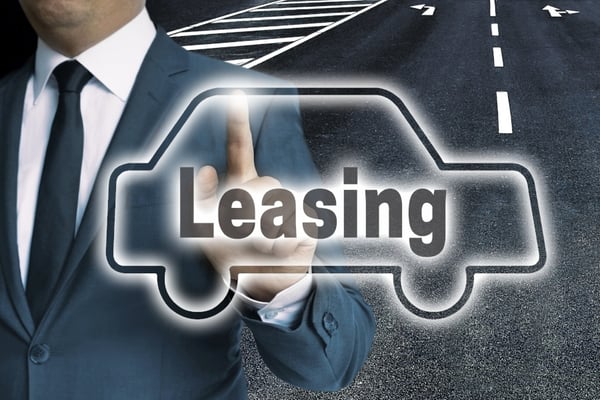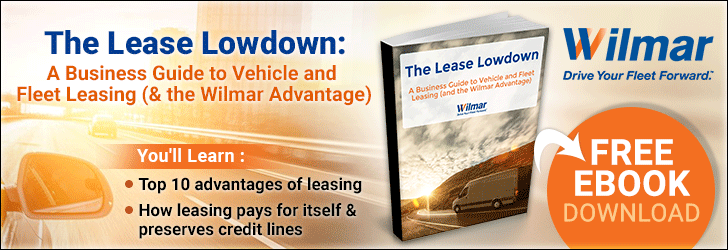
Vehicle leases are popular for their short-term nature and reliability. Sign up for two or three years, make your payments, and your car, or fleet, is covered. Not only is it relatively simple, but lease payments are generally cheaper—last year the average lease payment was 18% lower than the average new car payment.
While this makes them desirable to individual consumers, they're especially good for businesses; turning in vehicles when their contract expires and leasing new ones works perfectly for companies that need both cost predictability and cars that are in tip-top shape.
The dilemma with leases comes when you need to leave one early. Leasing contracts are tightly binding for the length of the term. This isn't just a problem when money runs short and the payments become more than you can afford; if your needs change and the vehicles you're leasing no longer suit your purposes, that nice lease you signed quickly turns into an albatross.
And, because the penalty for breaking a lease is usually severe—often making all the remaining payments, an early termination fee, and the costs of prepping the vehicle for resale, among other potential fees—you're left with only bad options.
However, there are ways to escape a lease that are far less painful than fully breaking it.
Transfer your lease.
If you can find someone who's willing to take on the rest of the lease payments, leasing companies will frequently allow you to transfer the lease to that person. Be careful who you transfer the lease to, though; there's a good chance you'll still technically be on the contract, and to some degree liable if that person stops making payments.
Sell the vehicle.
This seems odd; leasing means that, by definition, you don't own the vehicle, so how can you sell it? It's true that you don't own it through the lease, but leased vehicles have buyout amounts you can pay to own the vehicle outright. Once you pay that amount, you're free to sell it to whomever you choose. This option will still likely cost you money overall, but it can be far less than trying to pay off the lease in full.
Ask the leasing company for assistance.
Although horror stories exist, lenders of all stripes are usually in the business to make money, not to put the screws to their customers. It's very possible the leasing company can offer some sort of payment relief to help you finish the lease properly. It may cost a bit extra, but far less than the broken lease.
Now, let's say you've made it successfully to the end of the lease. You'll turn the keys and the car over, and everything is settled, right? Frequently, no. The most common type of cost associated with ending your lease is paying for wear and use on the vehicle.
These are (or should be) specified in the lease contract, but can still have some gray area. Besides, you're not thinking about them while driving the car; they're just an extra, unpredictable payment you may be subject to at the end of the lease.
That's why businesses that need to maintain a fleet often do best with a walk-away lease. Work with a reputable fleet management service like Wilmar, and your monthly payment is all you need; for that one fixed expense, you get everything we offer apart from insurance, fuel, and glass repair, and no extra fees when you turn in the keys.
Furthermore, good fleet management does more than give you a stable, fixed cost. It minimizes that fixed cost through a comprehensive fleet selection service designed to make sure you have exactly the vehicles you need, both in type and quantity.
Better still, our repair network of 70,000 service shops makes sure your vehicles have maximum time on the road, and our management services deal with all the paperwork, letting you focus on your company. We even offer fuel cards accepted at over 180,000 locations nationwide for better cost tracking.
If you're interested in avoiding the pitfalls of vehicle leases, and want to work with a stable, high-quality fleet management service, contact us today.







